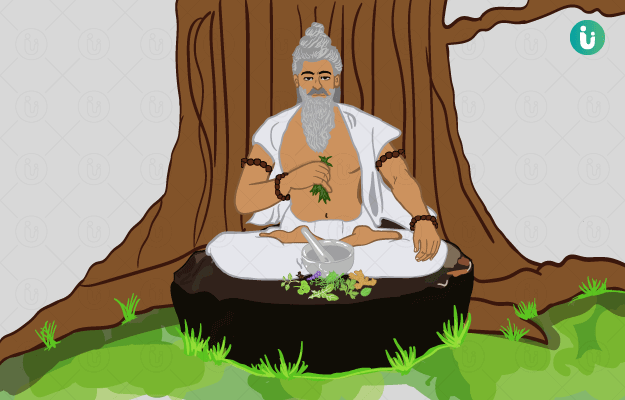Ayurveda means the “science of life”. This is a holistic system of health that is being practised since ancient times. According to Ayurveda, health is not only defined as freedom from diseases or ailments but also it is a state of physical, mental and spiritual balance. The ancient sage, Acharya Sushruta, defined a healthy person as one who has balanced doshas (humours that make up the body), agni (digestive and metabolic processes), dhatus (body tissues), malas (excreta), kriyas (bodily functions), and is happy with a balanced mind and spirit. Ayurveda embraces the belief that the path to treatment is establishing a balance between the body and mind. Thus, ayurvedic treatments focus on changing the lifestyle and food habits of a person to prevent diseases along with shaman chikitsa (pacification treatment) and shodhan chikitsa (purification treatment) to restore balance in the doshas.
In this article, you’ll know just how this ancient medical science has evolved with time and has lead to the origin of several other alternative medicinal therapies.
Ayurvedic therapies and medicines, their benefits and side effects would also be discussed in detail.































